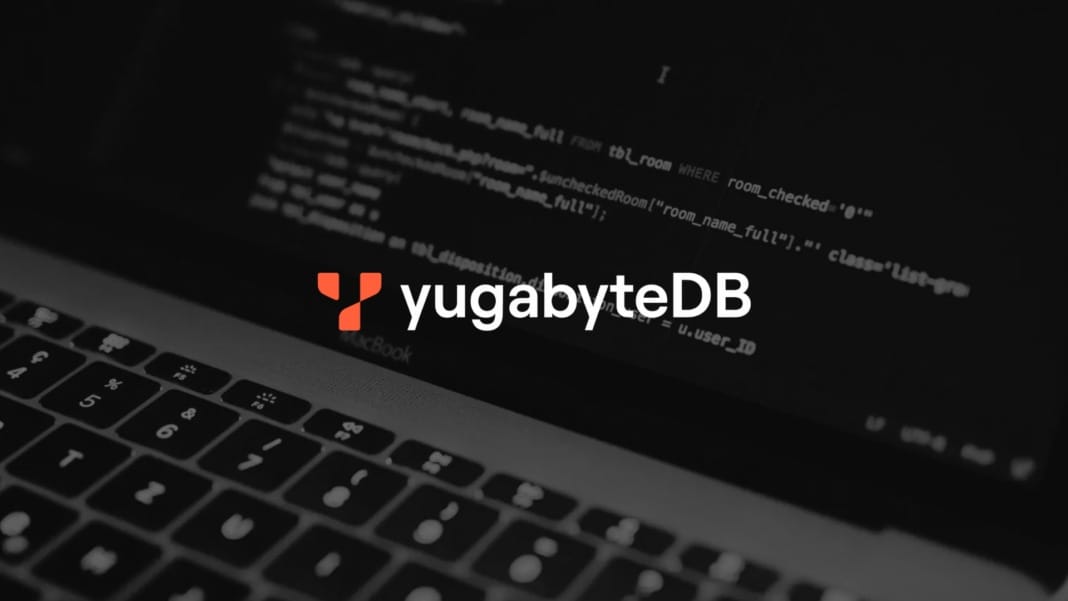For a long time, the world of Artificial Intelligence (AI) has seemed like an exclusive club for those with coding expertise. However, the advent of No-code AI platforms has begun to change this narrative. These platforms offer a simplified approach to creating and deploying AI models, making it significantly easier for individuals lacking coding skills to venture into the AI domain. This shift is not just about inclusivity; it’s about making AI a more accessible tool for problem-solving and innovation in the business realm.
Imagine a small business owner keen on leveraging AI to enhance customer interactions but deterred by the technical complexities traditionally involved. With No-code AI platforms, this barrier is considerably lowered. The owner can now explore AI functionalities, develop models, and deploy them to improve customer engagement without writing a single line of code. The ease of access to AI technology that No-code platforms provide is a remarkable step towards democratising AI, making it a tool for the many, not just the few.
Furthermore, the benefits of No-code AI extend to organisations at a larger scale as well. By eliminating the necessity for coding expertise, businesses can now have a broader range of employees engaging with AI technology, fostering a culture of continuous learning and innovation. This inclusivity in interacting with AI can significantly enhance problem-solving and decision-making processes across different layers of an organisation, driving a more innovative and data-driven culture.
Bridging the technological divide
The divide between business operations and technological advancements has often been a significant hurdle for many organisations. This gap can slow decision-making processes, hinder innovation, and result in missed opportunities. However, No-code AI platforms are bridging this divide, creating a more cohesive relationship between business and technology experts.
With No-code AI, the dialogue between business and technology departments becomes more fluid. The ability to quickly iterate solutions to problems without the bottleneck of coding complexities can significantly speed up project timelines. Moreover, the understanding and insights derived from data become more actionable when a wider range of individuals can engage with AI technology without being hindered by technical barriers.

Additionally, No-code AI platforms aid in infrastructure management, a crucial aspect of ensuring that the technological backbone of an organisation is robust and reliable. Managers can leverage these platforms to generate value from data and ensure that the underlying infrastructure is optimally configured and managed. This holistic approach can lead to more streamlined operations and, ultimately, a more agile and responsive organisation.
Adaptability and software evolution
In an era where business operations are becoming increasingly complex, the adaptability of software tools is paramount. No-code and low-code platforms, coupled with advancements like application programming interfaces (APIs) and process automation, are at the forefront of making software more adaptive. This adaptability is crucial in bridging the gaps between IT and operational departments, enabling a smoother transition and adaptation to technological changes.
No-code platforms, in particular, offer a level of flexibility that is highly valuable in today’s fast-paced business environment. They allow business operations teams to navigate through and adapt to technological changes more efficiently. This agility in handling technological shifts can lead to better alignment between IT and business operations, ensuring the technological tools are in sync with the evolving business needs.
Furthermore, the ripple effect of this adaptability can be seen in how projects are executed within an organisation. Project timelines can be significantly reduced with fewer bottlenecks in adapting to new technologies or implementing changes. This efficiency in project execution can lead to cost savings, better resource allocation, and a more competitive stance in the market.
Empowering non-technical teams
The empowerment of non-technical teams to participate in the development process is another remarkable advantage of No-code AI platforms. These platforms provide intuitive interfaces, drag-and-drop functionality, and pre-built modules, eliminating the need for complex coding. This simplification of the development process allows individuals from various departments, regardless of their technical skills, to contribute to technological advancements within an organisation.
Consider a scenario where a marketing team has an idea for a predictive model to enhance customer targeting. Traditionally, this would require significant time and technical expertise to execute. However, with No-code AI platforms, the marketing team can now take the reins, develop the predictive model, and deploy it without waiting for IT department scheduling or external technical help.
Furthermore, the sense of ownership and empowerment that comes with being able to contribute to technological projects can foster a culture of innovation within non-technical teams. It also enables a more collaborative environment between technical and non-technical personnel, leading to a more holistic approach to problem-solving and innovation within an organisation.
Direct engagement with advanced algorithms
The straightforward access to advanced AI and Machine Learning (ML) algorithms is yet another facet where No-code AI platforms shine. They allow business users to engage with these advanced algorithms just as quickly as they would with a spreadsheet or other business intelligence tools. This ease of interaction with advanced technology is a notable stride towards bridging the technological gap, making AI and ML more accessible and actionable tools for business growth and decision-making.

For instance, consider a financial analyst looking to leverage ML algorithms for predictive analysis. Traditionally, this would require a steep learning curve or dependency on technical teams. However, No-code AI platforms alter this narrative by providing a platform where the analyst can engage with ML algorithms directly. This direct engagement accelerates the process of deriving insights and empowers the analyst with a better understanding of how ML can be leveraged for financial analysis. The ease of interaction with such advanced technology also fosters a culture of continuous learning and exploration among business users.
Furthermore, this direct engagement with AI and ML algorithms facilitates a more hands-on approach to problem-solving. Business users can now take a more proactive role in leveraging technology to derive actionable insights from data. This shift fosters a more data-driven culture within organisations, which is crucial in navigating the complexities of today’s business landscape.
Lastly, the ease of use of No-code AI platforms can also translate to better resource allocation within an organisation. With business users able to directly leverage AI and ML algorithms, the technical teams can focus on more complex, high-value projects. This optimal allocation of resources can drive innovation, improve operational efficiency, and contribute to an organisation’s overall growth and competitiveness.
No-code AI platforms have emerged as a crucial bridge between business operations and technology, opening up a world of possibilities in harnessing the power of AI across different sectors and organisational roles. By eliminating the technical barriers and fostering a culture of inclusivity and innovation, No-code AI platforms drive business growth and contribute to a broader understanding and adoption of AI technology in the business space.





